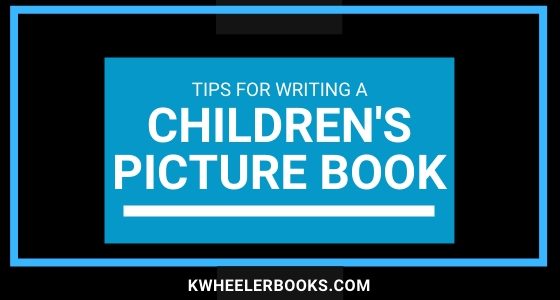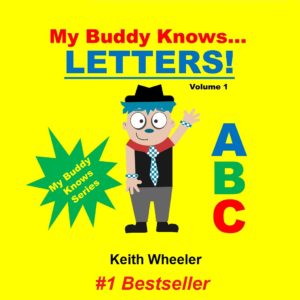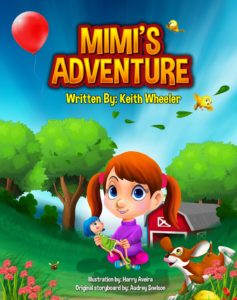Has writing a children’s picture book always been a dream of yours? Well, in today’s video I’m going to try and help you achieve your dream by giving you 7 tips for writing a picture book. So, stick around:
Becoming an indie author was a huge dream of mine for a long time. And I absolutely love writing and designing children’s picture books. But it is a very competitive market, so to increase your chances of self-publishing success I wanted to share with you some tips I’ve learned along the way on how to write a children’s book.
1.Know your target age – Many people ask me how to write a children’s book. The truth is, “children’s books” is a general grouping. It includes books for anyone from 0-17. This includes concept books, picture books, early readers, chapter books, middle grade and Young Adult.
So, when you start deciding to write a picture book, what age group are you writing it for? This is extremely important not only for writing a good picture book, but it will also help you later when creating your keywords to help you with selling your picture book on amazon.
Take for example, My Buddy Knows Letters…
While most people may look at this and say it’s a picture book, the truth is, it’s really considered a concept book. What’s the difference? The difference is in the targeting. Concept books are typically for children 0-3.
Where picture books, like Mimi’s Adventure, are more for 4-6 year olds.
Obviously, this doesn’t mean that there’s no crossover and that parents will probably read a picture book to an infant, etc, the key here is that we want to write the children’s book with the target audience in mind.
2. Know your target vocabulary – Once you’ve decided what age group you want to write for, you now can research what the vocabulary level of that age group is to ensure you write the perfect picture book for that group. It’s ok to throw in a couple words that are above their age level as it can make the book more engaging and actually result is some great 5-star reviews. That said, be sure to do this sparingly, because if it’s done too much, it could lead to negative reviews. It’s a delicate balance. I typically will do no more than 2 words above the age level.
3. Know your target gender – Are you writing a picture book for boys? Writing a picture book for girls? Or are you planning on writing a book for boys and girls? This is important as it will help determine the gender of your main character. People like to relate to main character and by writing your picture book with the target gender in mind, you can increase your chances of an enjoyable story.
Also, your target gender may affect the theme of your picture book. Kids love animals, so picture books with animals as main characters are pretty popular, but remember, animal or not, there’s still a gender.
4. Know your target length – When I’m asked how long should my picture book be, my answer is almost always the same. As a general rule, children’s picture books are typically between 24-36 pages. That said, the best way to determine your length of book is similar to any type of book you may self-publish.
Go onto amazon and check out 10-20 books that would be your competition(that are selling) and see what the average page length is. If you already have a story in mind, don’t let the “average” length deter you from experimenting on the length.
5. Know your competition – Now that you’ve found 10-20, selling competitors, check out the look inside feature for their books. Get a feel for what they’re doing, their characters, their words, etc. Then scroll down to the reviews and check out the 5 star reviews to see what people like and then check out the 1 and 2 star reviews to see what readers didn’t like so you know how to make your picture book better.
6. Know your words – Like I stated earlier, knowing the vocabulary level of your ideal audience is a huge advantage to having success as a picture book author. That said, you really want to pick your words and sentences wisely. Many people think that writing a picture book is easy because there are so few words, but the opposite is actually true.
Because there are so few words, it’s even more imperative to ensure that the words you do use are spot on.
7. Know your limitations – I strongly suggest to try and avoid writing picture books that rhyme. At least for your first few books. While it seems to be a very common desire to write picture books that rhyme, the truth is, this is seldom done effectively.
The reason is that while you may write your picture book with a certain rhythmic pattern in mind, that doesn’t mean that the reader will read it the same way. And unless they read it, at the same pattern that you intended, it will not flow properly and will simply seem “off” to the reader.
That’s probably why Dr. Seuss had to make up so many words. In order to ensure the intended rhythm was met, regardless of the reader.
Writing a picture book is just one step in the process. In fact, I created a playlist where I show you step by step how to create a children’s picture book with and without bleed in PowerPoint. I even show you how to create the picture book cover.
So, go on and click right here and get started on making your dream of being a picture book author, come true.
I’ll see you inside the next video and remember to write, right!



